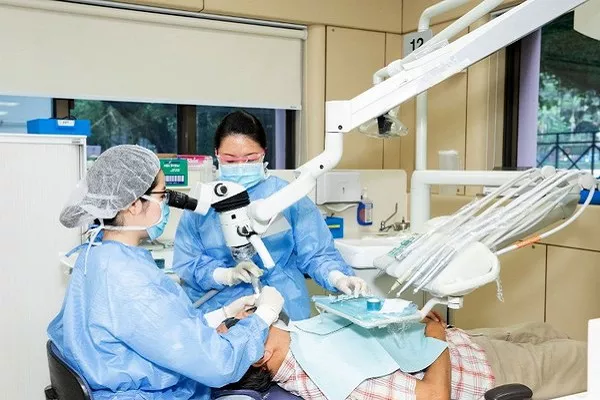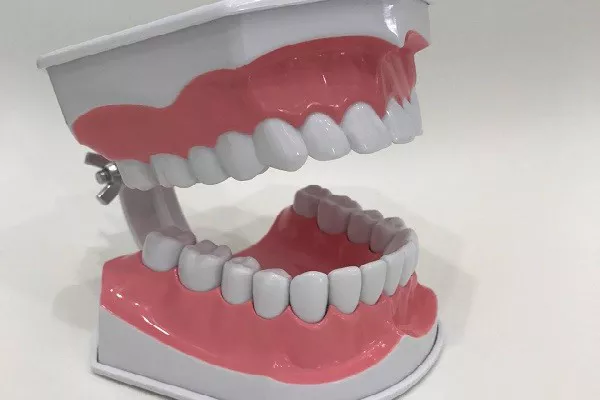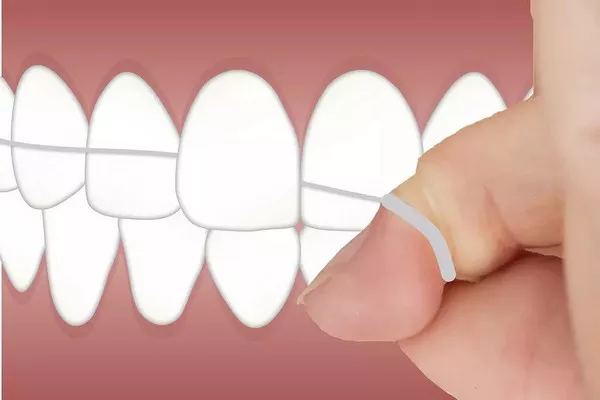Dental implants have become a popular choice for replacing missing teeth. They are durable, long-lasting, and look and feel like natural teeth. If you’re considering getting a dental implant, it’s important to understand the procedure and what to expect. In this article, we’ll walk you through the step-by-step process of getting a dental implant.
Consultation and Planning
The first step in getting a dental implant is a consultation with your dentist. During this appointment, your dentist will evaluate your oral health, take x-rays or CT scans of your teeth, and discuss your treatment options. They will also create a personalized treatment plan based on your specific needs.
- Discuss medical history
Your dentist will ask about your medical history, including any medications you are taking, allergies, and previous surgeries.
- Evaluate jawbone density
Your dentist will examine your jawbone density to determine if it can support a dental implant. If there is not enough bone, a bone graft may be necessary.
- Create a treatment plan
Based on your oral health, your dentist will create a personalized treatment plan that outlines the number of implants needed, the location of the implants, and the type of implant to be used.
Tooth Extraction (if necessary)
If the tooth that needs to be replaced is still present, it will need to be extracted before the implant can be placed. This is typically a quick and simple procedure that can be done under local anesthesia.
- Administer anesthesia
Before the tooth extraction, your dentist will administer local anesthesia to numb the area.
- Extract the tooth
Using specialized tools, your dentist will remove the tooth from the socket.
- Clean the socket
After the tooth is removed, the socket will be thoroughly cleaned to prepare it for the implant.
Implant Placement
The next step is implant placement. During this procedure, the dental implant is surgically placed into the jawbone.
- Administer anesthesia
Before the implant placement, your dentist will administer local anesthesia to numb the area.
- Create an incision
Your dentist will create a small incision in the gum tissue to access the jawbone.
- Place the implant
Using specialized tools, your dentist will carefully insert the implant into the jawbone.
- Close the incision
The gum tissue is then closed with stitches.
Healing and Osseointegration
After the implant is placed, the healing process begins. This can take several months as the implant fuses with the jawbone in a process called osseointegration.
- Follow post-operative instructions
Your dentist will provide you with post-operative instructions to follow during the healing process.
- Allow time for healing
It’s important to allow enough time for the implant to heal and fuse with the jawbone before placing the abutment and crown.
- Monitor progress
Your dentist will monitor your progress during the healing process and determine when it’s safe to move on to the next step.
Abutment Placement
Once the implant has fused with the jawbone, the next step is to place the abutment. This is a small connector that attaches the implant to the crown.
- Create an incision
Your dentist will make a small incision in the gum tissue to access the implant.
- Attach the abutment
Using specialized tools, your dentist will attach the abutment to the implant.
- Close the incision
The gum tissue is then closed with stitches.
Crown Placement
The final step in the dental implant process is placing the crown. This is the visible part of the implant that looks like a natural tooth.
- Take impressions
Your dentist will take impressions of your teeth to create a custom crown that matches the size, shape, and color of your natural teeth.
- Attach the crown
Once the crown is ready, your dentist will attach it to the abutment using dental cement or a small screw.
- Fine-tune the fit
Your dentist will make any necessary adjustments to ensure the crown fits comfortably and looks natural.
In conclusion, getting a dental implant involves several steps that require careful planning and precision. By following these step-by-step procedures, you can ensure a successful outcome and enjoy a beautiful, functional smile for years to come.
Related Topics:
































